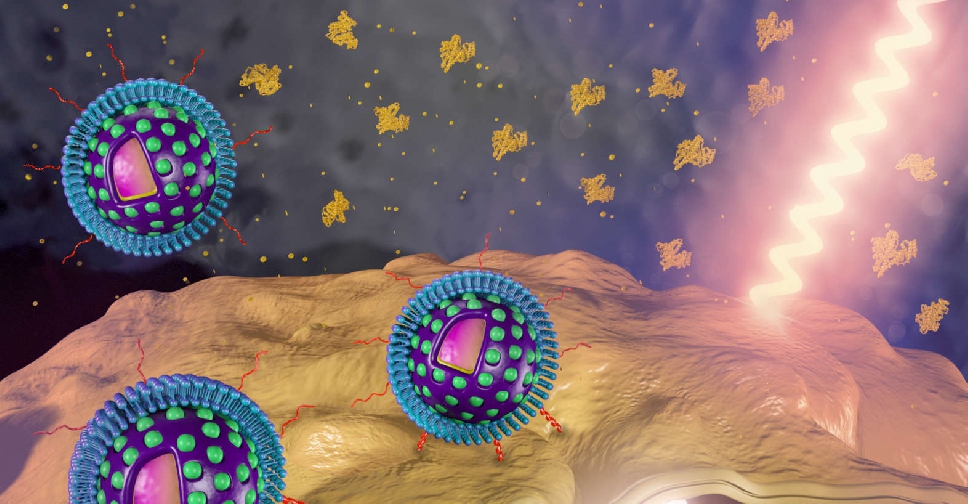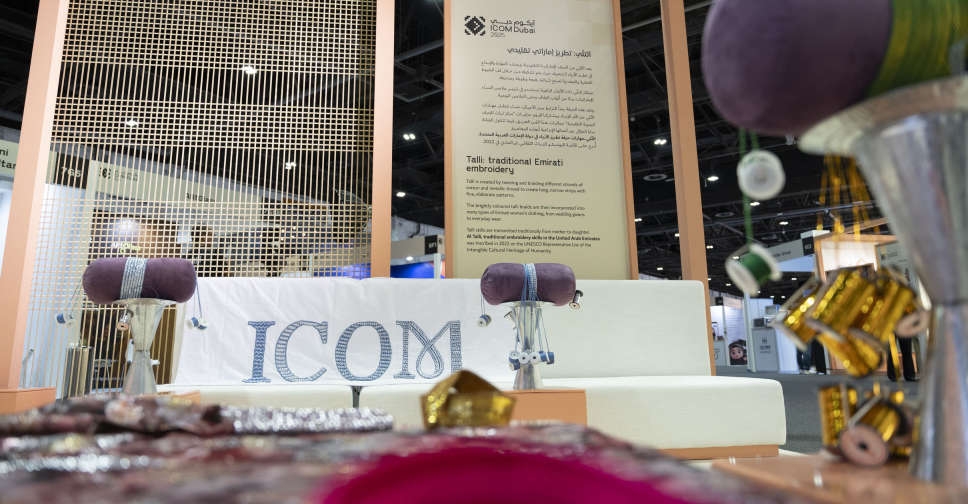
A team of researchers at the Magzoub Biophysics Lab at NYU Abu Dhabi (NYUAD) has made a significant advance in light-based therapies for cancer.
They have developed novel tumour-targeting nanospheres with the potential to dramatically improve light-based cancer diagnosis and treatment.
These biocompatible and biodegradable nanospheres combine tumour detection and monitoring with potent, light-triggered cancer therapy to dramatically increase the efficacy of existing light-based approaches.
As non-invasive, light-based therapies, photodynamic therapy (PDT) and photothermal therapy (PTT) have the potential to be safe and effective alternatives to conventional cancer treatments, which are beset by a number of issues, including a range of side-effects and post-treatment complications.
However, to date, the development of effective light-based technologies for cancer has been hindered by poor solubility, low stability, and lack of tumour specificity, among other challenges.
Nanocarriers designed to deliver PDT and PTT more effectively have also proven to have significant limitations.
PDT and PTT utilize different approaches for attacking tumours. PDT uses laser irradiation to activate a photosensitizer to generate reactive oxygen species (ROS), a highly reactive chemical that is toxic to cancer cells.
In PTT, a molecule called a photothermal agent converts absorbed light into heat, with the resulting hyperthermia leading to the partial or complete destruction of tumour tissue.
In the paper published in the journal ACS Nano, the research team presents the development of acidity-triggered rational membrane (ATRAM) peptide-functionalized, lipid/PEG-coated upconversion mesoporous silica nanospheres (ALUMSNs).
These multi-functional, tumour-targeting nanospheres protect encapsulated photosensitizers and photothermal agents from degradation and deliver these molecules directly to cancer cells.
The ALUMSNs enable tumour detection and monitoring through thermal and fluorescence imaging, as well as magnetic resonance imaging (MRI).
The ALUMSNs also facilitate near-infrared (NIR) laser light-induced PDT and PTT, which in combination improves the efficacy of both phototherapies to shrink tumours with no detectable systemic toxicity.
"Because ROS is a highly reactive molecule with a very short lifetime and a limited radius of action, it is imperative that a sufficient amount of the photosensitizer molecule is present in the tumour tissue for PDT to be effective," explained Loganathan Palanikumar, NYUAD research scientist and a senior researcher in the Magzoub lab.
"In addition, the localised hyperthermia required for PTT is dependent on significant accumulation of photothermal agents within tumours."
The ability of the nanocarriers developed by the NYUAD team to increase the efficiency at which photosensitizers and photothermal agents are delivered to the tumour is a critical advance.
"New therapeutic approaches are desperately needed to enhance the existing arsenal of cancer-fighting treatments," said Mazin Magzoub, NYUAD associate professor of biology, whose lab focuses on developing novel therapeutics and drug delivery systems.
"The multifunctional core-shell nanospheres our team has developed help to overcome issues that have limited the efficacy of key light-based therapies, offering a promising tumour-targeting nanoplatform that facilitates multimodal diagnostic imaging and potent combinatorial cancer therapy. This work opens up an exciting path forward for the advancement of light-based cancer treatments."


 ICOM Dubai 2025 flag handed over to city of Rotterdam
ICOM Dubai 2025 flag handed over to city of Rotterdam
 'Walk to Mars' initiative launched ahead of Open Masters Games Abu Dhabi
'Walk to Mars' initiative launched ahead of Open Masters Games Abu Dhabi
 MBRGI continues support for refugees through livelihood, food security projects
MBRGI continues support for refugees through livelihood, food security projects
 'New discovery' inside Egypt's Pyramid of Khufu revealed at SIBF
'New discovery' inside Egypt's Pyramid of Khufu revealed at SIBF
 Watch: DXB runway turns into cycling arena for Dubai Fitness Challenge
Watch: DXB runway turns into cycling arena for Dubai Fitness Challenge




